The long, cold, winter months or even the fate of living in a small apartment are not enough to stifle the need for fresh herbs. The smell of basil, the sight of green cilantro, is something that we should be able to enjoy all year round, no matter where we live.
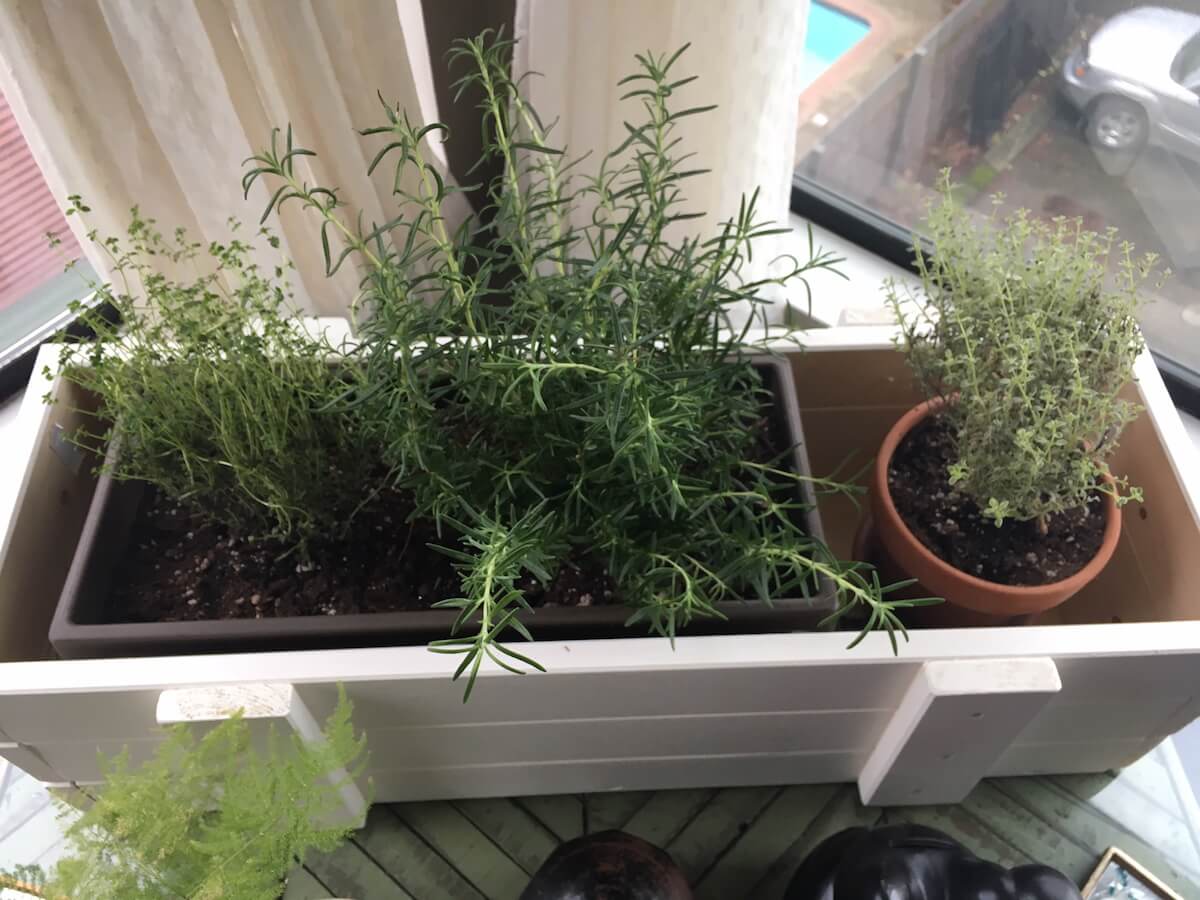
If it’s the weather, the size of your backyard, or a simple lack of time for a big garden, you don’t have to sacrifice fresh herbs. It’s possible to keep snipping fresh cilantro and parsley from your very own kitchen, all you need is an indoor herb garden.
Where to Start
You may be thinking that a garden is a garden: All you need is some dirt, water, and sunlight and you’re good to go. Unfortunately, an indoor herb garden that’s going to make it past seedlings is a little more complicated than that.
Start with a little research. The first decision you need to make is what will you be growing your garden in.
Products to Try
Most growers would like to keep the size of their indoor gardens limited, but that doesn’t mean your herbs have to be limited too. When it comes to size there are several smart choices that will keep your herb garden healthy and at an appropriate size. This 5-Tier Stackable Vertical Garden is a smart choice for gardeners looking to save space. This product fits nicely into any corner, where it can produce several pounds of herbs but not encroach on your living space.
Probably the most well-known product on the market is Miracle-Gro AeroGarden Harvest Elite with Gourmet Herb Seed Pod Kit, which includes everything you will need to get started, from seeds to nutrients. This product is the quick and easy way to grow herbs right on your countertop. However, this product is an investment that does not allow all of the freedom that other indoor herb gardens do. The system requires no herbicides or pesticides and is non-GMO, but makes no mention of organic seeds. Look for a nursery offering organic seeds or starts if that’s important to you.
You don’t need special equipment to grow an indoor herb garden. If you’re looking to start small, various sizes of pots and grow bags with the proper drainage will work just as well. The two main factors to consider when making a purchase are if there are drainage holes and a tray to catch any excess water. These are necessary for healthy plants and a mess-free indoor garden.
Artificial Lighting
Lighting is a crucial part of indoor gardens. If you have a well-lit and moderately warm room, that may be enough to keep your herbs thriving. However, in some areas with dark winters, you may need some extra help.
LED bulbs are the most energy-efficient way to shine light on your herbs, but part of the reason they’re so energy-efficient is that they don’t give off much heat. If you need a little extra warmth, consider buying a plant heat mat.
What Herbs To Grow
Pick herbs based on how often you’ll use them, and how likely they are to survive inside.
Basil
Basil is a good herb to grow indoors because it is so frequently used in cooking, and the fresh, earthy taste is a nice addition during cold, winter months. Basil is also a hearty plant once it begins to produce leaves.
Transplant basil rather than growing it from seed because in the early stages of growth basil needs strong and steady sunlight. Once the plant is established it is easier to keep this herb alive through moderate sun exposure, with artificial light to assist.
Although basil is tougher to get started, it is a sturdy herb that needs little attention after it starts producing leaves. This herb needs less water and should produce all year long if kept in warm temperatures.
Don’t let your basil go to seed. If your plant starts to produce small white flowers, pinch them off. This often means your plant is receiving too much direct sunlight, which will cause it to stop producing. You can leave your basil near light but it doesn’t need direct sunlight, which makes this a perfect herb to have indoors.
Chives & Green Onions
Chives or green onions? Chives are technically an herb, whereas green onions are a part of an onion. However, the two are very similar and used in the same dishes. The difference between growing the two plants is in the sunlight.
Chives need a very sunny atmosphere and around six to eight hours of sunlight a day to thrive. Green onions, on the other hand, can thrive in easier conditions.
Green onions also need very little space to grow healthily. You can plant them close together and they will still produce often. In addition, green onions produce very quickly and do not need to be replanted after harvesting. Once you trim green onions to harvest, more simply grow back in its place.
Cilantro
This flavorful and useful herb is easy to grow indoors for several reasons. Cilantro does require sunlight but not nearly as much as some other herbs. Four hours of sunlight, near a window or under a fluorescent light bulb, is plenty to help this herb thrive.
In addition, you shouldn’t have to water cilantro very frequently. Moderate sunlight and occasional watering should be more than enough to make this herb produce healthily.
Mint
Mint is perfect for tea or to munch on straight out of the pot. However, mint has also been known to freshen dishes and settle nausea, not to mention clear bad breath. Mint is an herb that you should have in your kitchen, but what makes it better is how easy it is to grow.
Mint would spread across your entire yard if you planted it outside. That’s why many gardeners choose to confine its growth. Perhaps the best thing about mint is that it needs moderate watering and indirect light.
Thyme
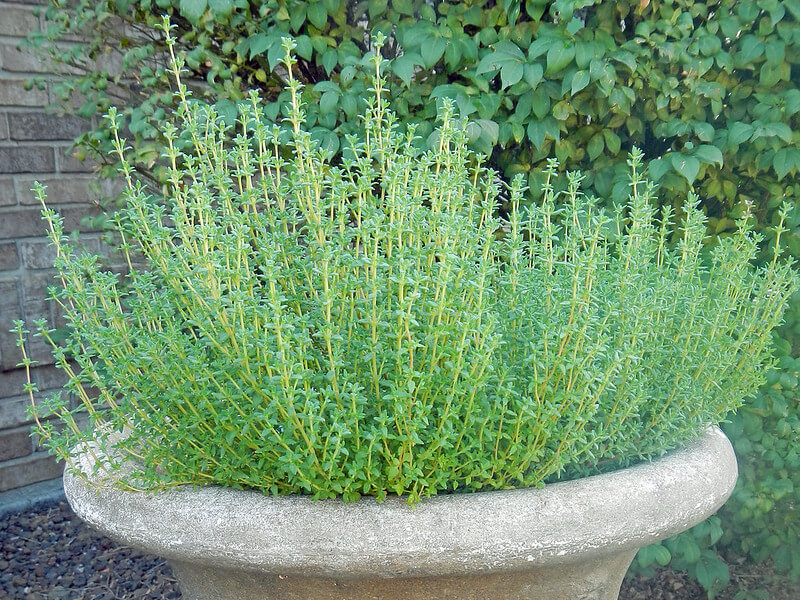
Thyme, like basil, is another herb you shouldn’t try to start from seed—buy a start from the garden store instead. Once established, it will be easy to care for, even indoors. Sunlight is the most important factor for this herb. It doesn’t need to be in direct sunlight but it does do better in warm conditions with five hours of sunlight each day. After that, occasional watering is all you need to keep this herb alive.
Spinach
Spinach, technically, is not an herb but it is a very rewarding plant to have indoors. The rising price of spinach is also motivation to grow the plant at home.
Spinach is a cool-weather crop; therefore, it does not need constant warmth or sunlight. In fact, too much sunlight or warmth will damage this plant. Also, it’s okay to crowd the spinach a little bit. These leafy greens prosper in close groups.
Light and consistent watering should keep these greens healthy and producing often.
Trial And Error
Creating a healthy indoor herb garden can’t happen overnight. Trial and error is the best way to determine what works best for your herbs in your situation.
Don’t be dissuaded. The benefits of an indoor herb garden outweigh any challenges that might slow you down. You’ll save money, you’ll discover the convenience of having fresh herbs at your fingertips, and you’ll enjoy the sight of thriving greenery in your own kitchen.


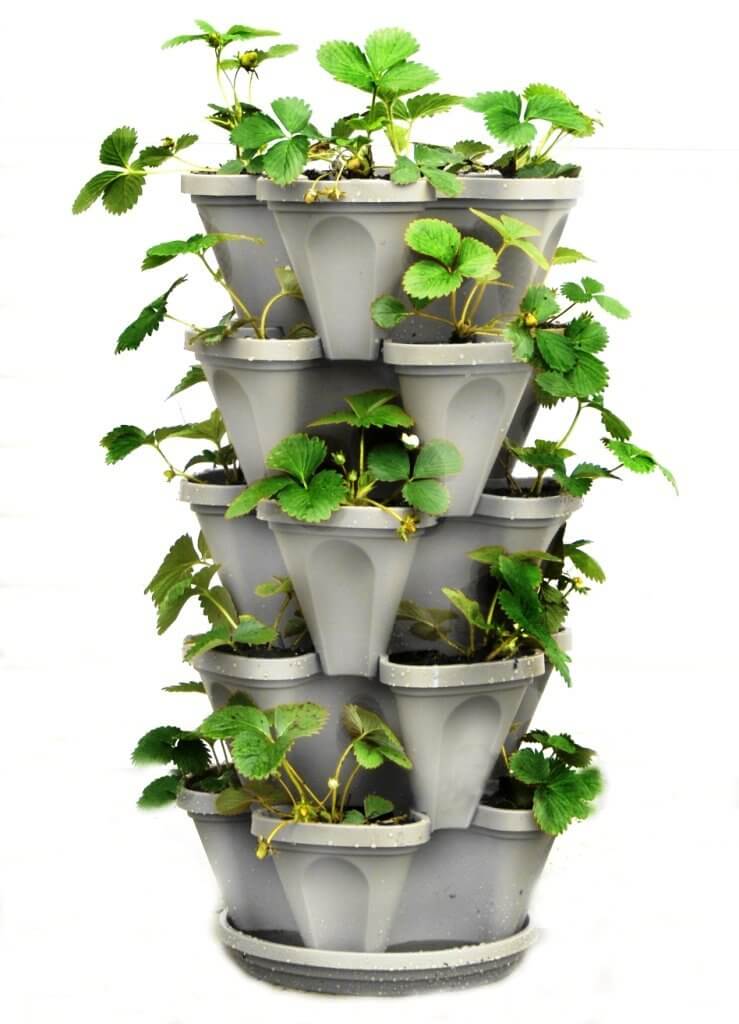
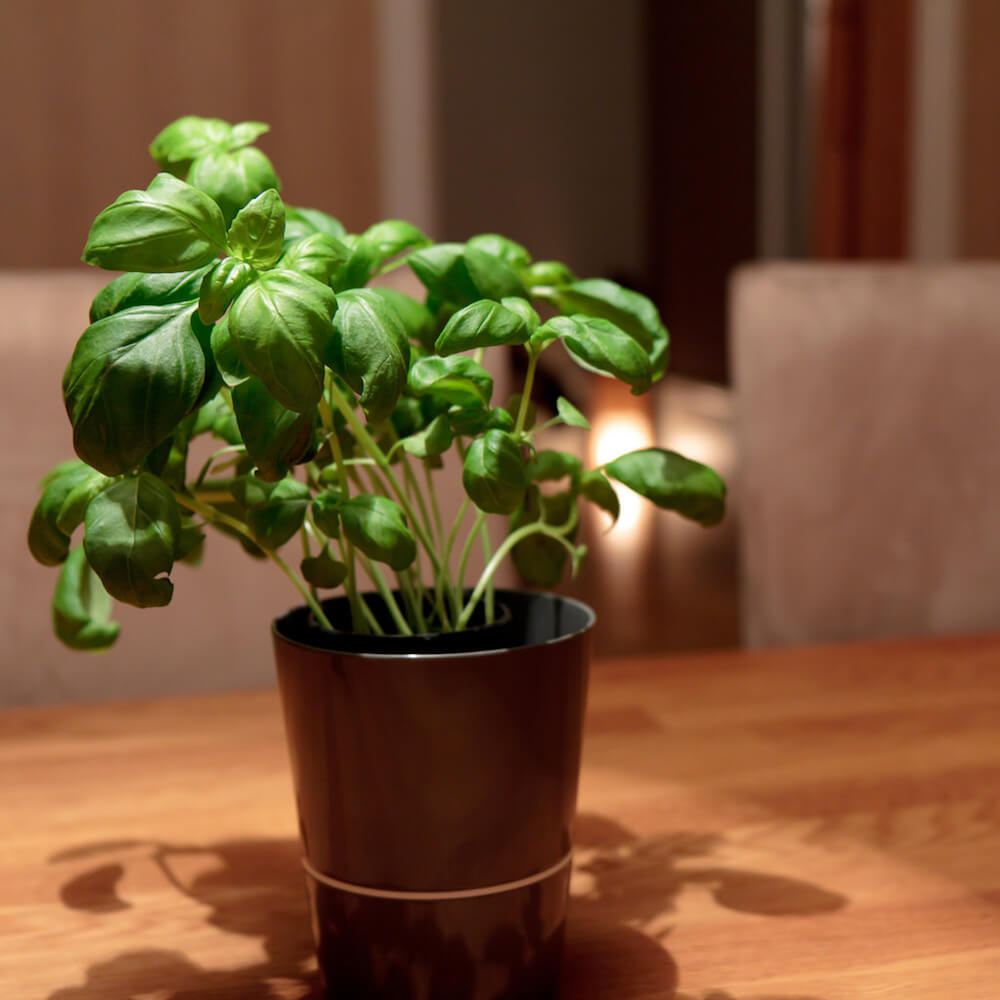
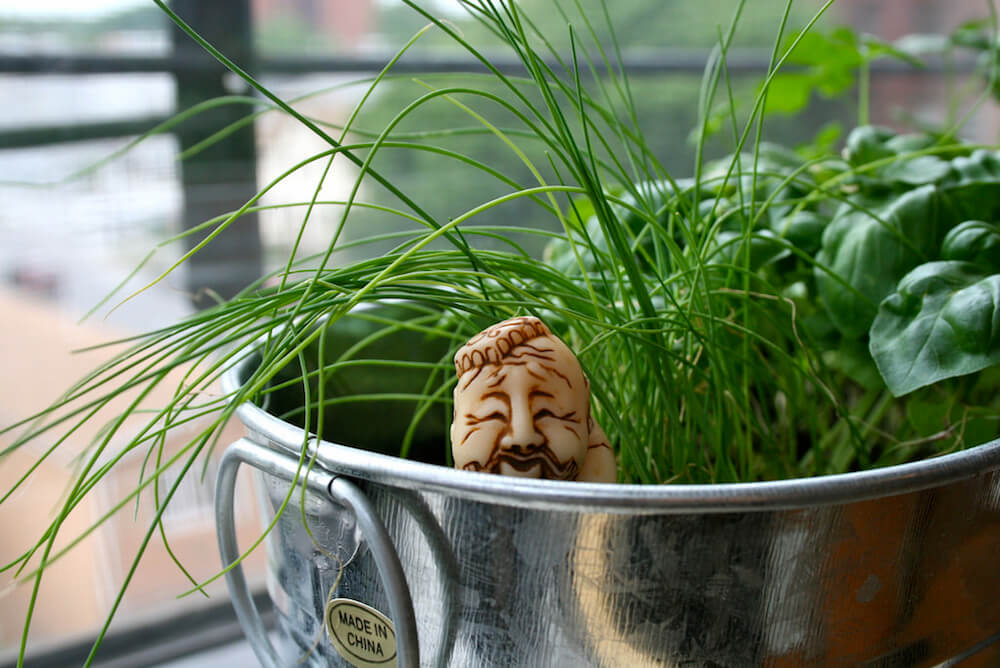

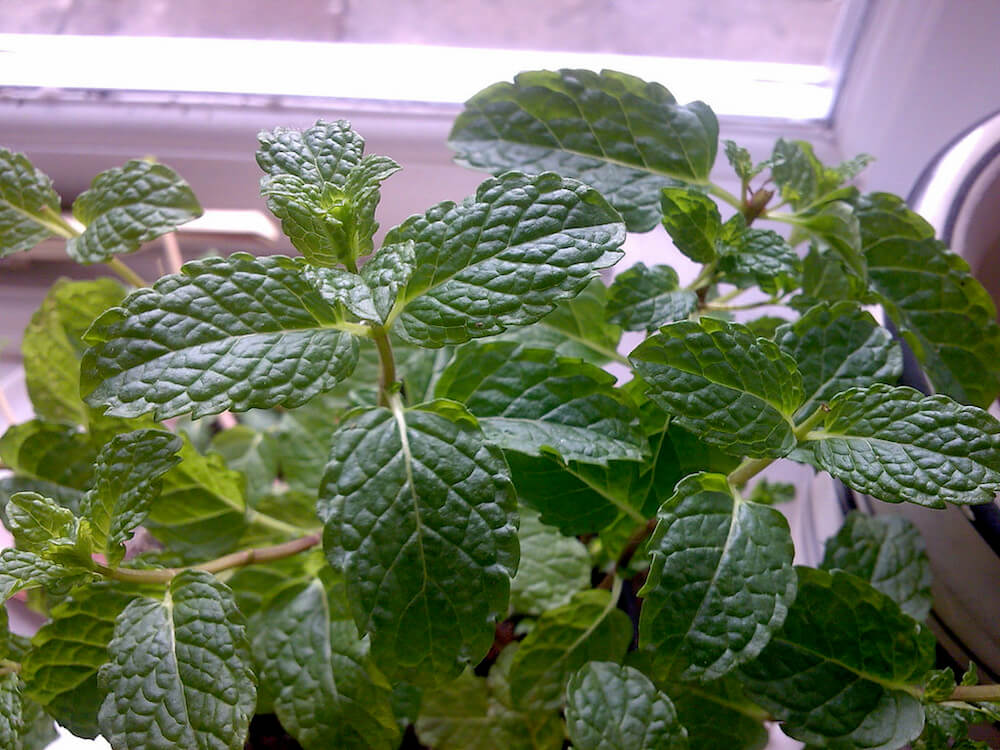
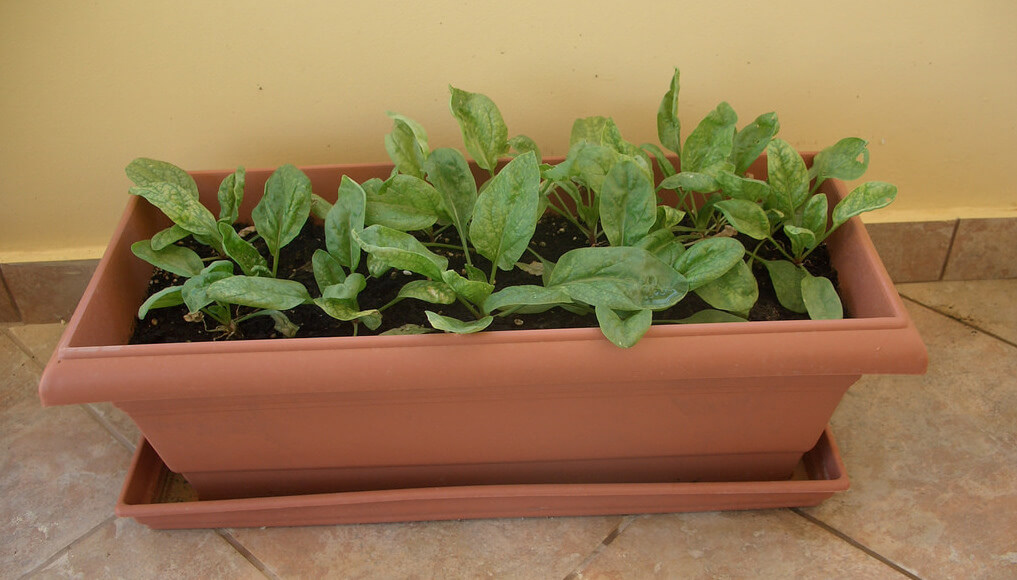
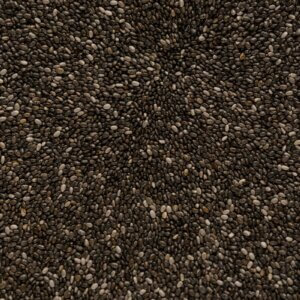


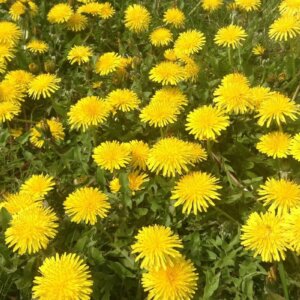
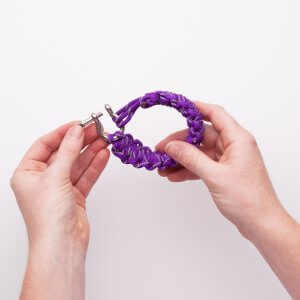
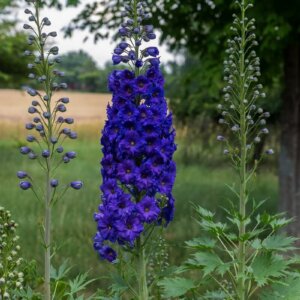
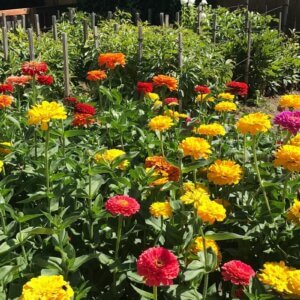


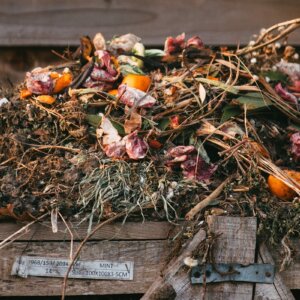

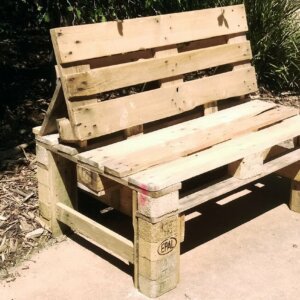





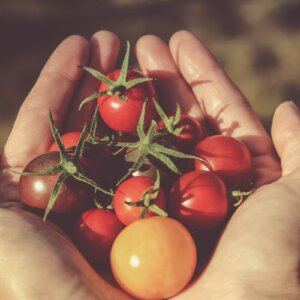






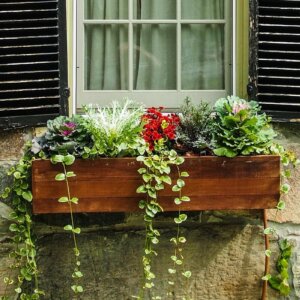
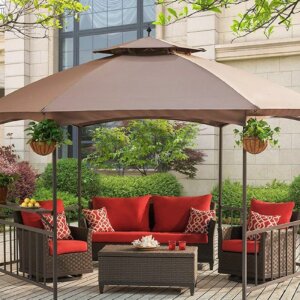
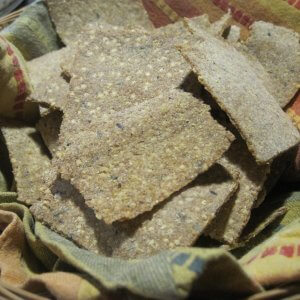
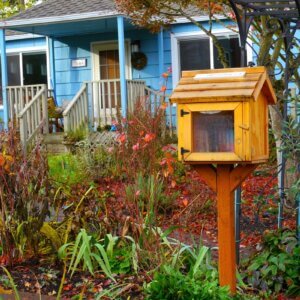
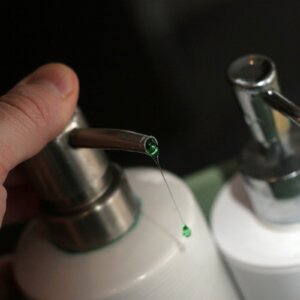
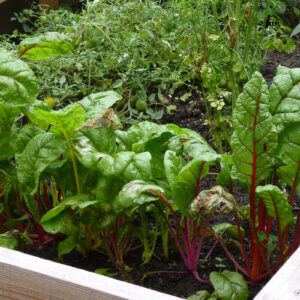
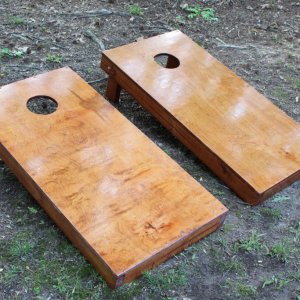


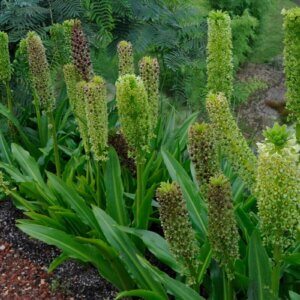
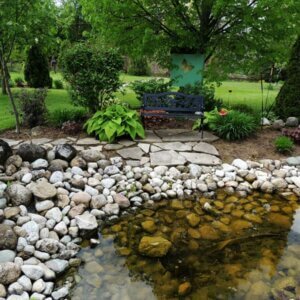




Leave a Reply